On a visit with the Outdoor Writers Association of California to the Sierra Nevada town of Auburn, the dark and light of the gold rush history sparkles its brick-faced brilliance in a stroll through Old Town.
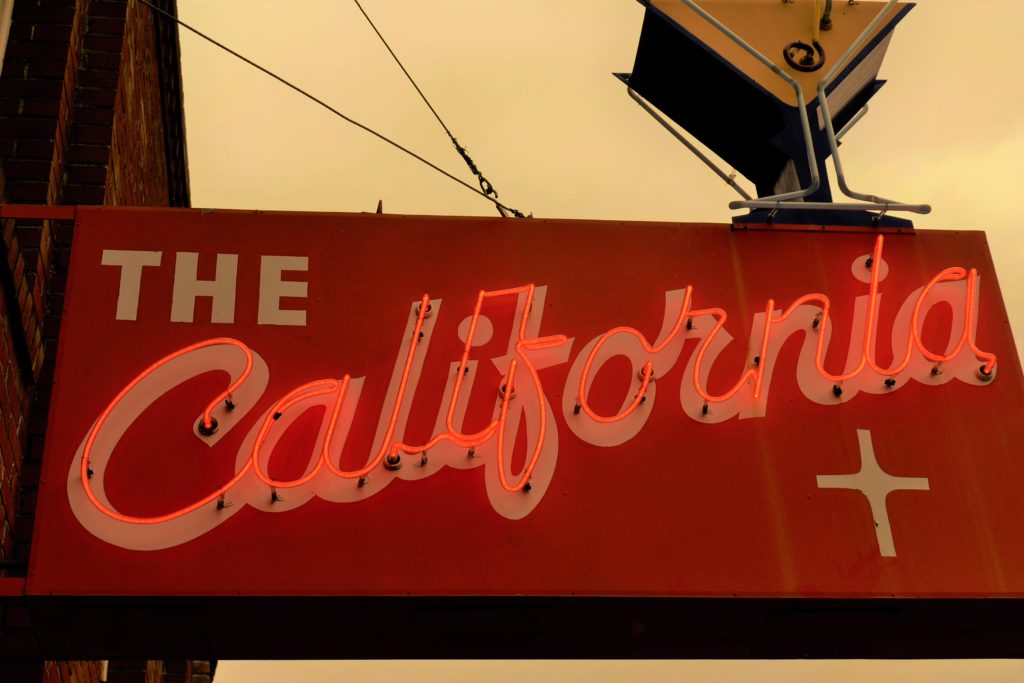

California Ambition, Luck, and Savagery: Old Town Auburn
The transformation of the Mexican territory of Alta California began on January 24, 1848, when James W. Marshall discovered a gold nugget in the American River while constructing a sawmill for John Sutter, a Sacramento land baron and unscrupulous agriculturalist. News of Marshall’s discovery inspired the Gold Rush of 1849, where thousands of haggard dreamers, scheming industrialists, and their hangers-on, from all over the US and beyond, risked it all to make their fortune in what would become the “Golden State” of California.
In the spring of 1848, a group of French gold miners arrived in the Sierra Nevada mountains and camped in what would later be known as the Auburn Ravine. Human presence of the Martis People in the Auburn area dates back to 1400 B.C., yet the Nisenan, an offshoot of the Maidu Tribe, inhabited the area more recently.
The Nisenan like so many California Natives already faced an onslaught of diseases for the Spanish and Mexican incursions, but the fevered placer miners grabbed lands, dug up their rivers, with violence and displacement an unavoidable impact of the unrestrained and unregulated Gold Rush. Within two to three years of the gold strike in Coloma, then a Nisenan village called “Cullomain,” they had lost all their land and with it a way of life.
STORY: On Wild Rivers, Hydroelectric Dams, and Whitewater Rafting the American
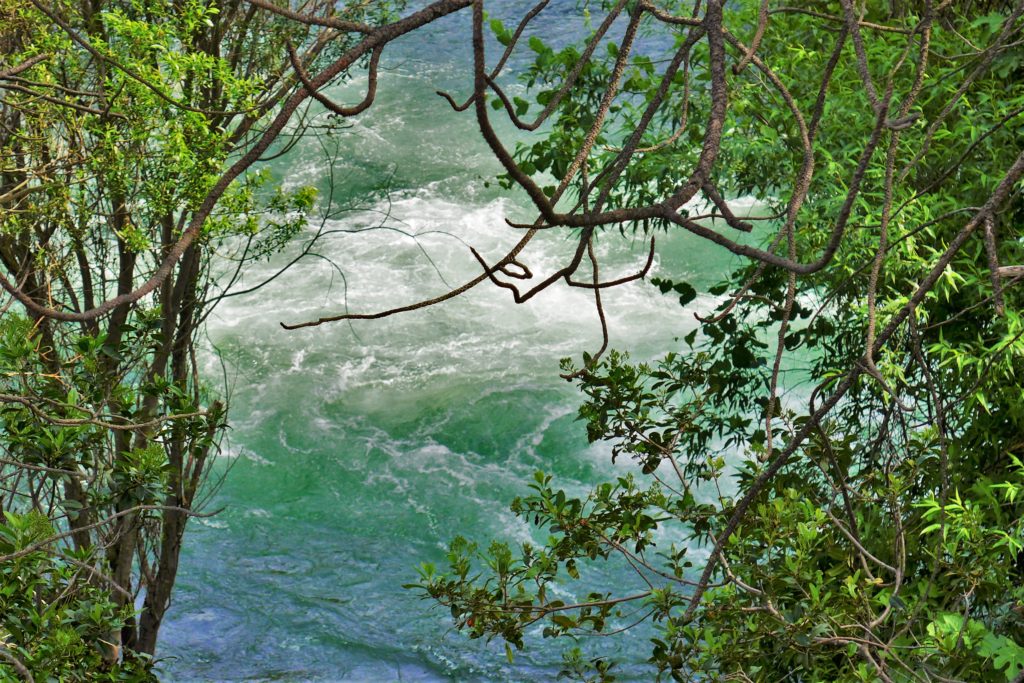

Who is tending this Sun, [this] Moon?
Who moves them around?
There must be somebody to look after this world…
Nisenan Prayer, Ralph Beals, “Ethnology of the Nisenan” (1933)
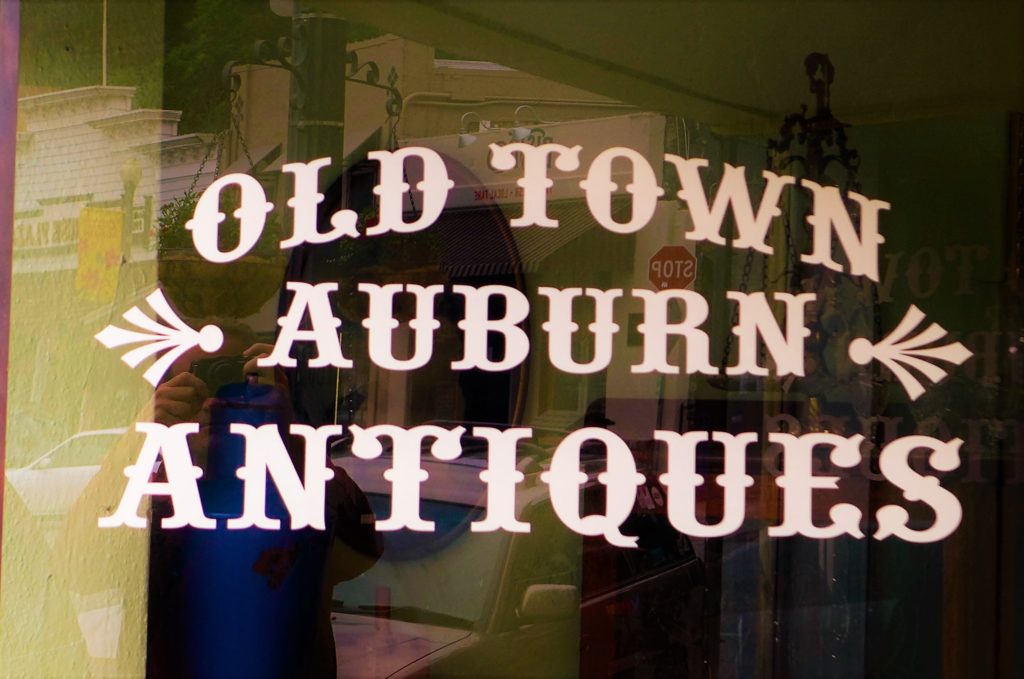

Samuel Brannan, newspaper publisher and merchant, strode through the streets of San Francisco, holding aloft a vial of gold, shouting “Gold! Gold! Gold from the American River!” — from Hubert Howe Bancroft
STORY: Baja California: An “Earthly Paradise” in the Desert
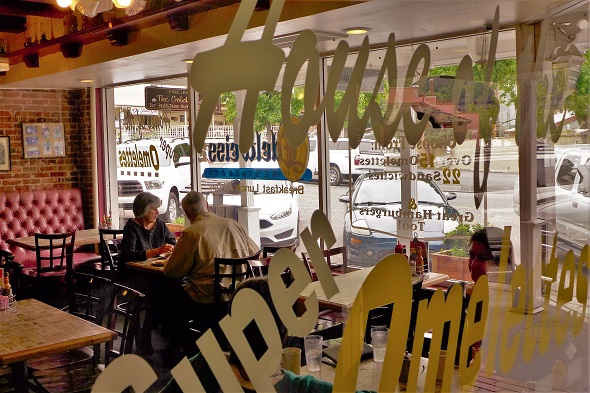

On May 16, 1848, Frenchman Claude Chana found gold in the Auburn Ravine Creek. Just a wagon trip from Sacramento, centrally located in gold country and just below the snow line, Auburn became known as the “Jumping off” spot for the miners. However, city-hood did not arrive until May 13, 1865 when the Central Pacific Railroad officially made Auburn one of its stops. By the turn of the century, the population of Auburn was a little more than 2,000.
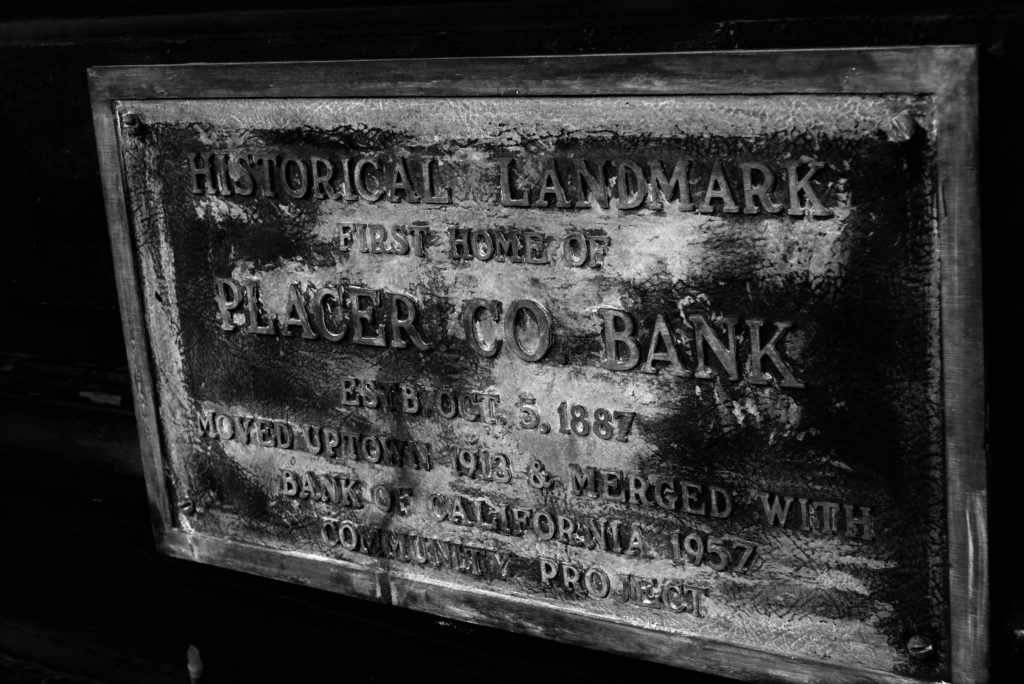

The old American Dream … was the dream of the Puritans, of Benjamin Franklin’s “Poor Richard”… of men and women content to accumulate their modest fortunes a little at a time, year by year by year. The new dream was the dream of instant wealth, won in a twinkling by audacity and good luck. [This] golden dream … became a prominent part of the American psyche only after Sutter’s Mill. — H.W. Brands
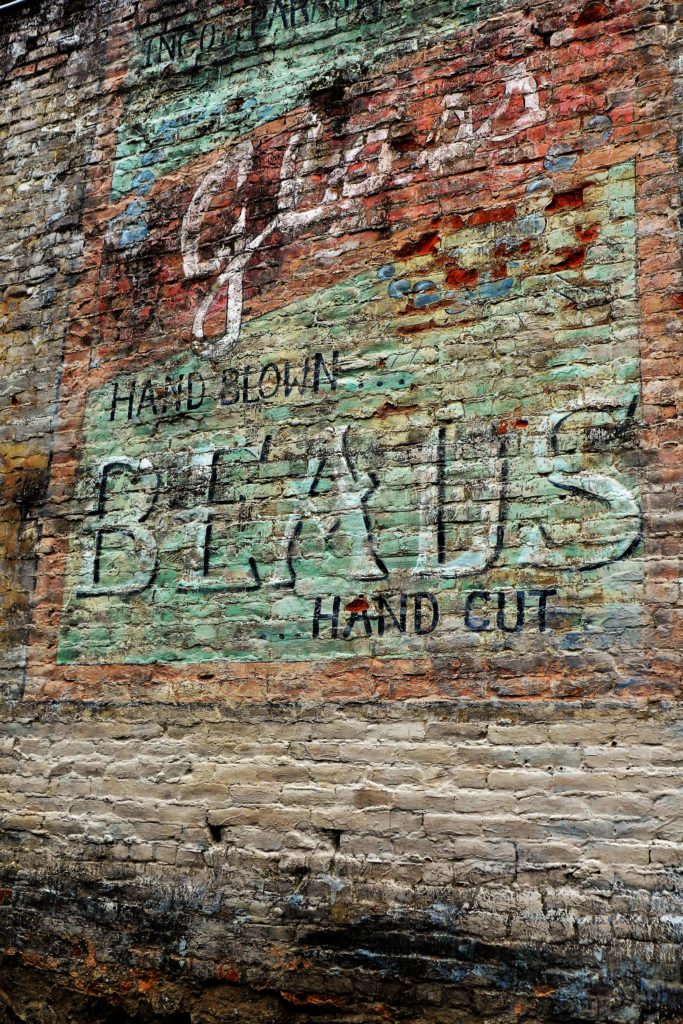
“Smiley said all a frog wanted was education, and he could do almost anything. And I believe him. Why, I have seen him set Danl Webster down here on this floor–Danl Webster was the name of the frog — and sing out, “Flies, Danl, flies!” And quicker than you could shut your eyes that frog would jump straight up and catch a fly off the table. Then he would fall down on the floor again like a ball of dirt and start rubbing the side of his head with his back foot as if he had no idea he had been doing any more than any frog might do.” — Mark Twain, from “The Celebrated Jumping Frog of Calaveras County” 1865
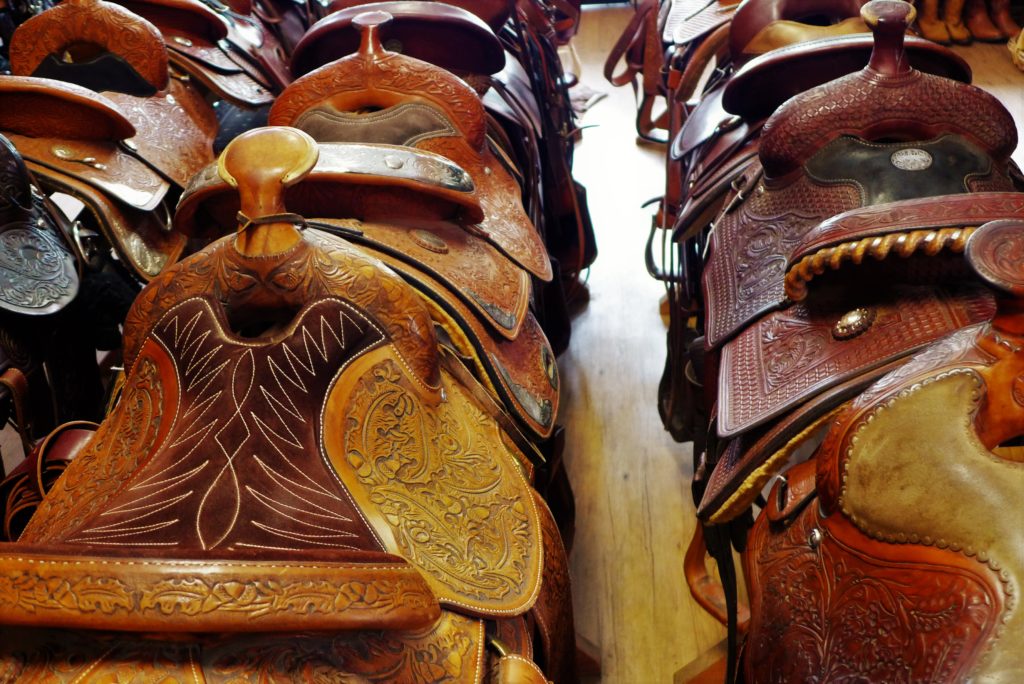
In men whom men condemn as ill
I find so much of goodness still.
In men whom men pronounce divine
I find so much of sin and blot
I do not dare to draw a line
Between the two, where God has not.— Joaquin Miller, Songs of the Sierras, 1871
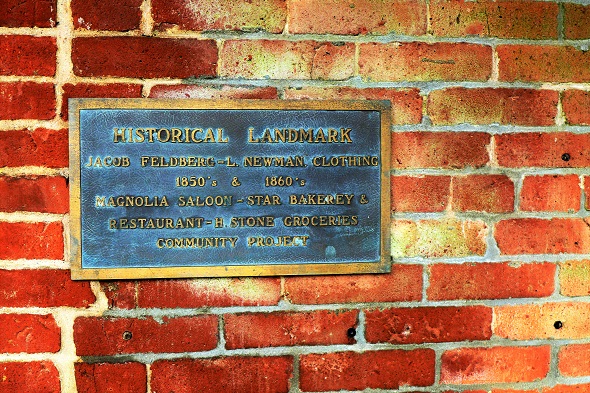
The only sure thing about luck is that it will change. — Bret Harte
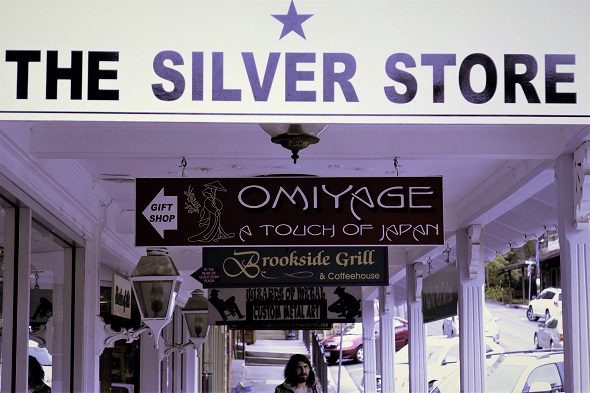

Old Town Auburn retains the 19th Century vibe, mixed with a bit of a ghost town flair on a Tuesday spring morning with many shops still closed. When the abundant gold fields were exhausted, and the destruction wrought by more industrial hydraulic mining caused deep scars in the landscape, these towns lost their vibrancy. Fortunately, today old downtowns like Auburn have been protected and the businesses fostered, as they provide a unique walking experience, with restaurants, shops, museums and art venues all clustered together.
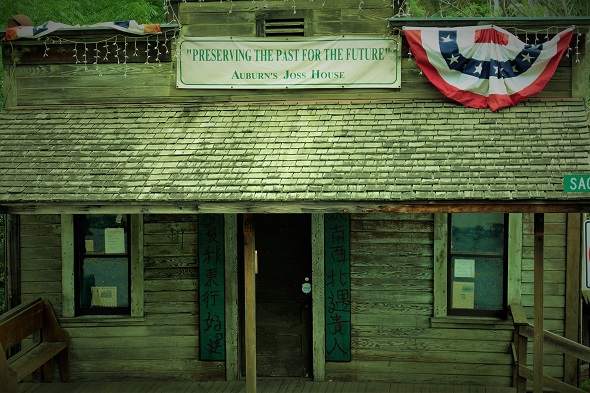

Trip with the Outdoor Writers Association of California (OWAC), sponsored by the Placer County Visitors Bureau. Thanks to the Holiday Inn Auburn for hosting the conference, as well as Tributary Whitewater Tours, High Hand Nursery and Cafe, Barbara Steinberg of Are You That Woman? and John DeGrazio of YExplore Yosemite Adventures.
Sources
Bancroft, Hubert Howe (1889). History of California, Volume 23: 1843–1850. San Francisco: The History Company.
Beals, Ralph L. (1933). “The Ethnology of the Nisenan.” University of California Publications in American Archeology and Ethnography, Vol. 31, Number 6, University of California Press, Berkeley.
Brands, H. W. (2003). The age of gold: the California Gold Rush and the new American dream. New York: Anchor (reprint ed.).
Miller, Joaquin. (1871). Songs of the Sierras. Boston: Roberts Bros.
Twain, Mark (1867). The Celebrated Jumping Frog of Calaveras County, and Other Sketches. New York: C. H. Webb. Republished by Oxford University Press (1997), ISBN 978-0-19-511400-3.
Updated 27 March 2021

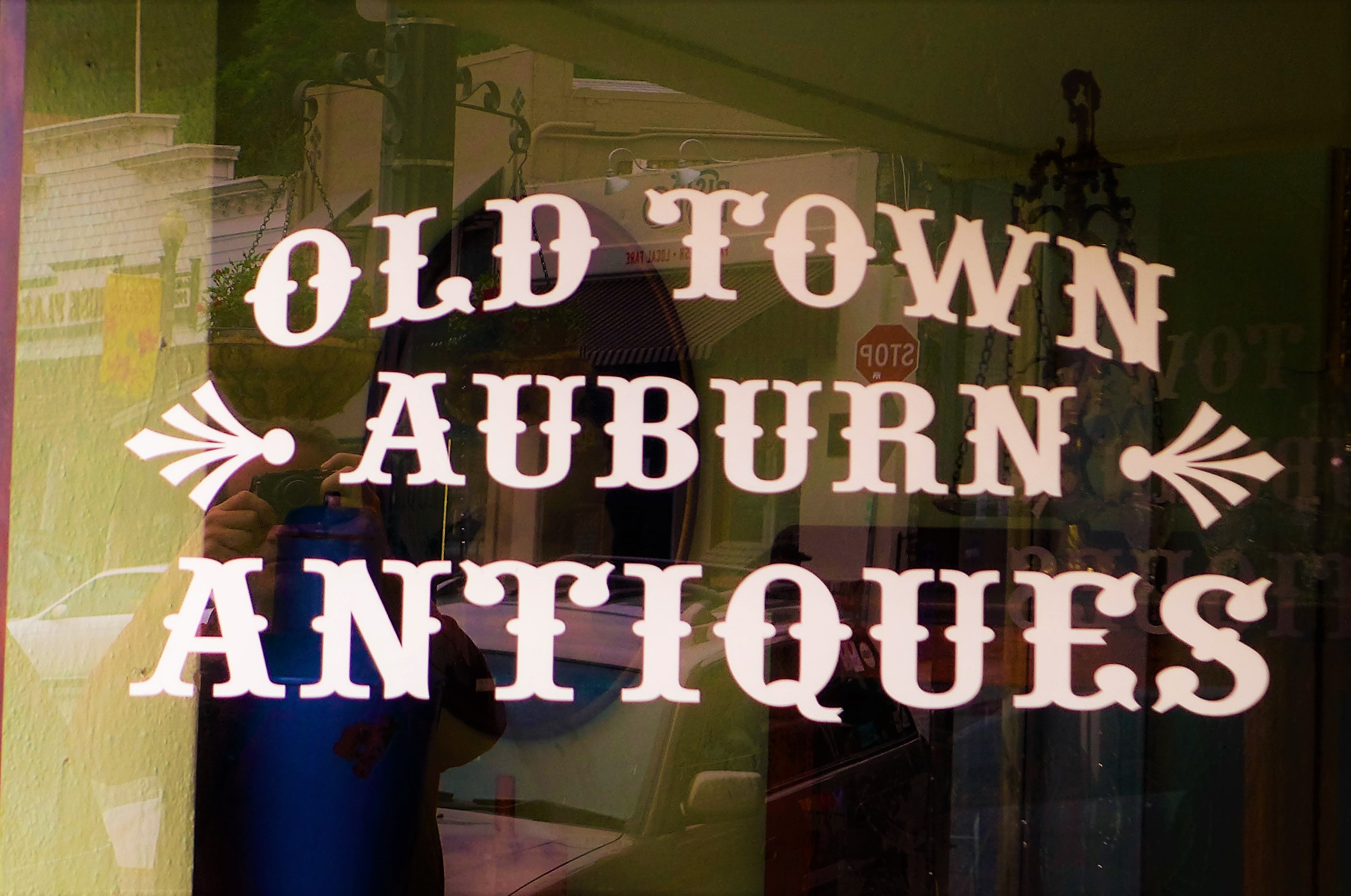








Pingback: Morro Bay Estuary and Its Nine Volcanic Sisters | WilderUtopia.com
Pingback: On Wild Rivers, Dams, and Rafting the American | WilderUtopia.com
Pingback: The Edge of Yosemite Comes Alive in Tuolumne County